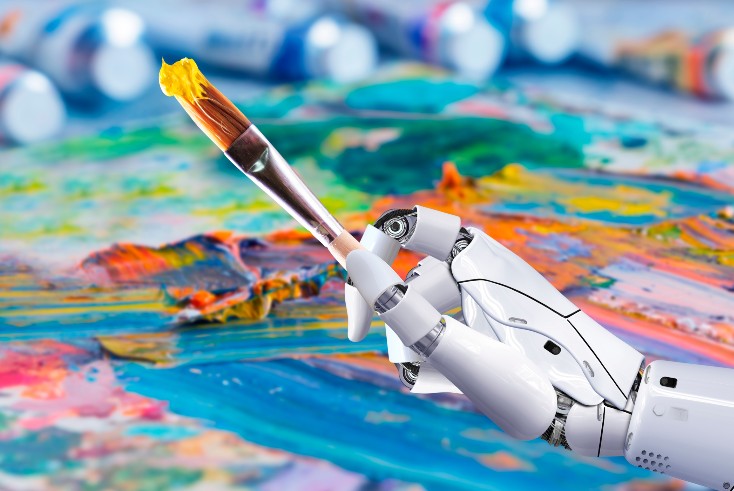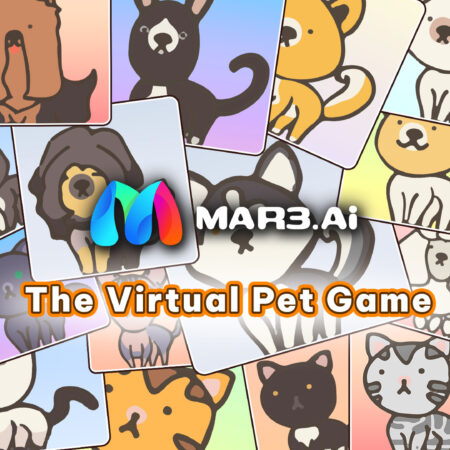Three ways AI can make your creative job easier

AI tools can be used to boost productivity and increase output among creative workers so that automation isn’t necessarily a zero sum game.
When OpenAI launched its ground-breaking chatbot ChatGPT in November 2022, much of the subsequent discourse in creative circles revolved around whether or not it would eventually replace journalists.
In more recent months, the net has been cast even wider with illustrators and graphic designers feeling the heat after OpenAI president and co-founder Greg Brockton showed how GPT-4, the company’s latest language model, could take some sketches from his notepad and transform them into a webpage.
Image-based AI applications such as DALL-E and Midjourney have sparked the same kind of debate—the former was used by Heinz to create the world’s first AI-generated advertising campaign featuring ketchup bottles.
According to recent research from Goldman Sachs, generative AI has the potential to automate 26% of work tasks in the arts, design and media.
But automation isn’t necessarily a zero sum game when it comes to job creation or casualties, as the case may be. There are, in fact, a myriad of ways generative AI tools can be used to boost productivity and increase output.
AI as co-worker
It can’t be understated how fundamental good editors, copywriters, designers and fact-checking professionals are to the success and validity of AI generated content. In every case, articles and images will need to be reviewed and supervised before publishing.
That being said, any tool that can help streamline processes and speed up research should be viewed as a good thing, and this is where generative AI comes in.
For marketers in particular, a more sophisticated version of GPT-3 named Jasper has the capabilities to produce social media posts, web copy, sales emails and blogs. However, it will never be able to come up with the creative campaigns that only humans can produce—for now.
Adding an edge to art and design
When Berlin-based artist Boris Eldagsen submitted a photo entitled PSEUDOMNESIA: The Electrician to the Sony World Photography Awards, he did so to test if the judges could tell the difference between a real photograph and one created using DALL-E 2. Side note: the fingers and hands should have been a dead giveaway.
After he was announced as the winner (Eldagsen refused to accept his award) and uproar ensued, the conversation immediately turned to whether or not AI-assisted images should be classified as art.
Contempt in the upper echelons of artistic circles aside, generative AI can be used to optimise layouts, craft colour schemes and generate stock images in seconds, as Adobe’s Generative Fill tool in Photoshop highlights.
The tool, which was released in May, gives users the ability to add, remove or extend images in seconds using simple text prompts.
Insights deep dive
Whether you’re a media planner allocating client advertising budgets across multiple platforms or a publisher hoping to gain insights into your audience, analytics and data are essential, and this is another area where generative AI can help.
While there’s always a fear of bias, generative AI has the capability to analyse vast sets of data and identify patterns in seconds, so it should be used as a tool to accelerate your own research rather than replace it.
However, if you are worried about your current role being made redundant, switching jobs to a company that values its human workforce might be the only option to future-proof your career.
And if that is the case, The Media Leader Job Board is the perfect place to start your search. It features thousands of jobs in companies that are actively hiring across the creative industries, like the three below.





